
Growing Kiwi Fruit
Planting, pruning and care
Contents
Where to plant it?
Several factors should be considered when growing kiwi.
First, you’ll need to provide a sturdy support for training the kiwi vine: a wall with strong wires, a trellis, pergola or fence will do. Indeed, this climbing plant can reach 6m in height and 4m in spread, requiring regular secateurs pruning to control its growth.
Additionally, consider the characteristics of different varieties. Some are self-fertile (bearing both male and female flowers on the same plant) and can be planted alone, like the Solissimo® variety. However, most varieties bear either male flowers (like Atlas) or female flowers (such as Hayward) and require a plant of the opposite sex for pollination. One male plant can pollinate about 5-6 female plants. Only female plants produce fruit.
Finally, choose a sunny spot sheltered from strong winds, with non-calcareous soil and good drainage.
When and how to plant actinidia?
Planting is preferably done in autumn, but can be carried out year-round except during frost periods.
Kiwis thrive in fresh, rich, light and well-drained, non-calcareous soil. The plant dislikes waterlogged conditions.
When planting:
- space plants 3 to 4 metres apart,
- dig a 50cm hole in all directions using a spade,
- spread a layer of gravel at the bottom followed by a layer of soil mixed with peat or compost,
- place the rootball (the plant’s crown should be level with the soil) and backfill with soil,
- provide sturdy support to help its twining branches climb,
- firm down and water thoroughly.
Discover other Kiwi bush
View all →Available in 1 sizes
Available in 1 sizes
Available in 1 sizes
Available in 1 sizes
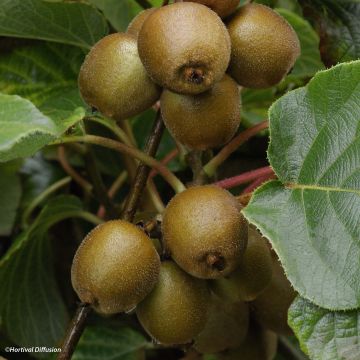
Available in 1 sizes
Available in 1 sizes
Available in 1 sizes
Available in 2 sizes
Available in 2 sizes
Available in 1 sizes
Pruning Kiwi Vines
The kiwi is a twining plant that can quickly take over its space.
In the first year, establish a good framework using the most vigorous shoots, then each year in late winter, prune the previous year’s growth back to 3 or 4 buds along this framework.
Carry out maintenance pruning around December-January by cutting back fruited stems to 2 buds from the base.
Reduce secondary stems by two-thirds of their length.
In summer, you can prune any overly invasive shoots.
→ To learn more, read our article: “Pruning Kiwi: When and How to Prune an Actinidia?“.
Care and maintenance
The kiwi plant requires little maintenance, simply provide it with regular watering.
During periods of intense heat, water it 1 to 2 times a week. Once established and rooted, the plant becomes self-sufficient and less demanding in terms of water.
At the end of winter, lightly dig in some organic fertiliser or well-rotted manure at the base of the plant. Train the stems as they grow, tying them loosely. They will naturally twine around their support.
The kiwi has shallow, spreading roots that develop horizontally just below the soil surface, requiring only light hoeing if necessary.
Mulch the base for the first three winters.
Potential pests
While generally resistant to insects and pests, kiwi plants can nevertheless fall victim to red spider mites in hot, dry conditions. To eliminate them, lightly but regularly mist the foliage and soil.
- Subscribe!
- Contents


































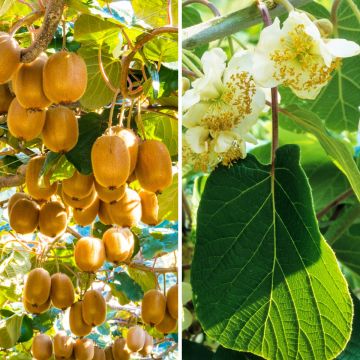

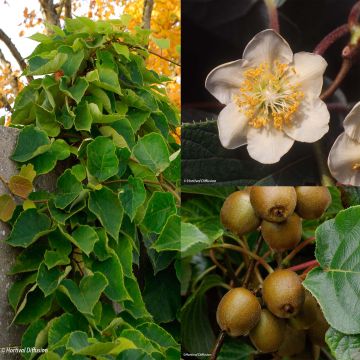
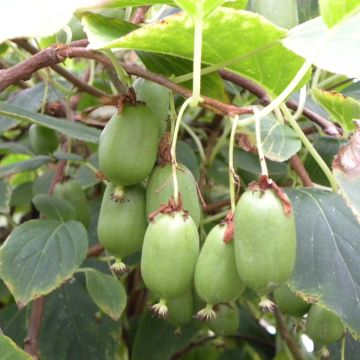
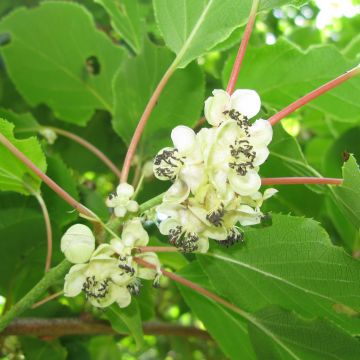
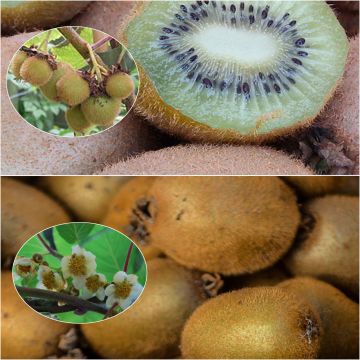
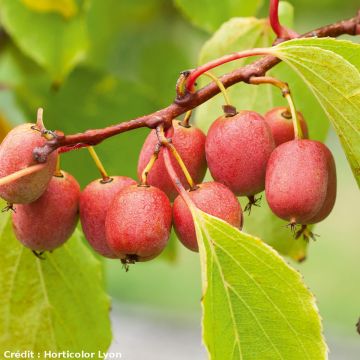
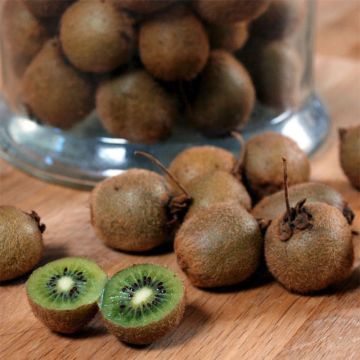
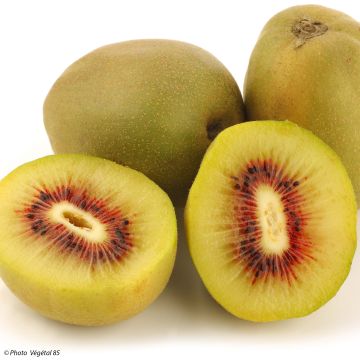
Comments